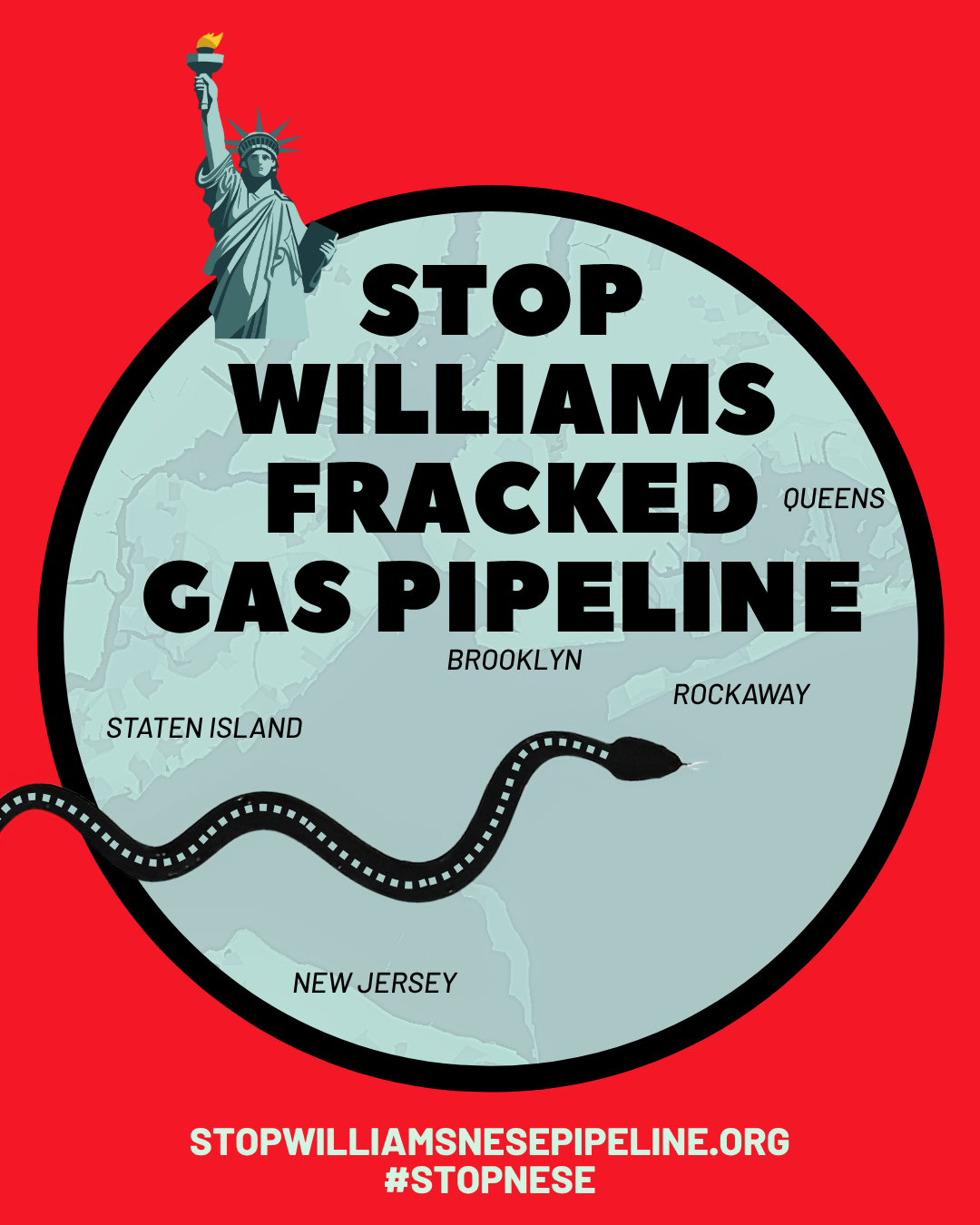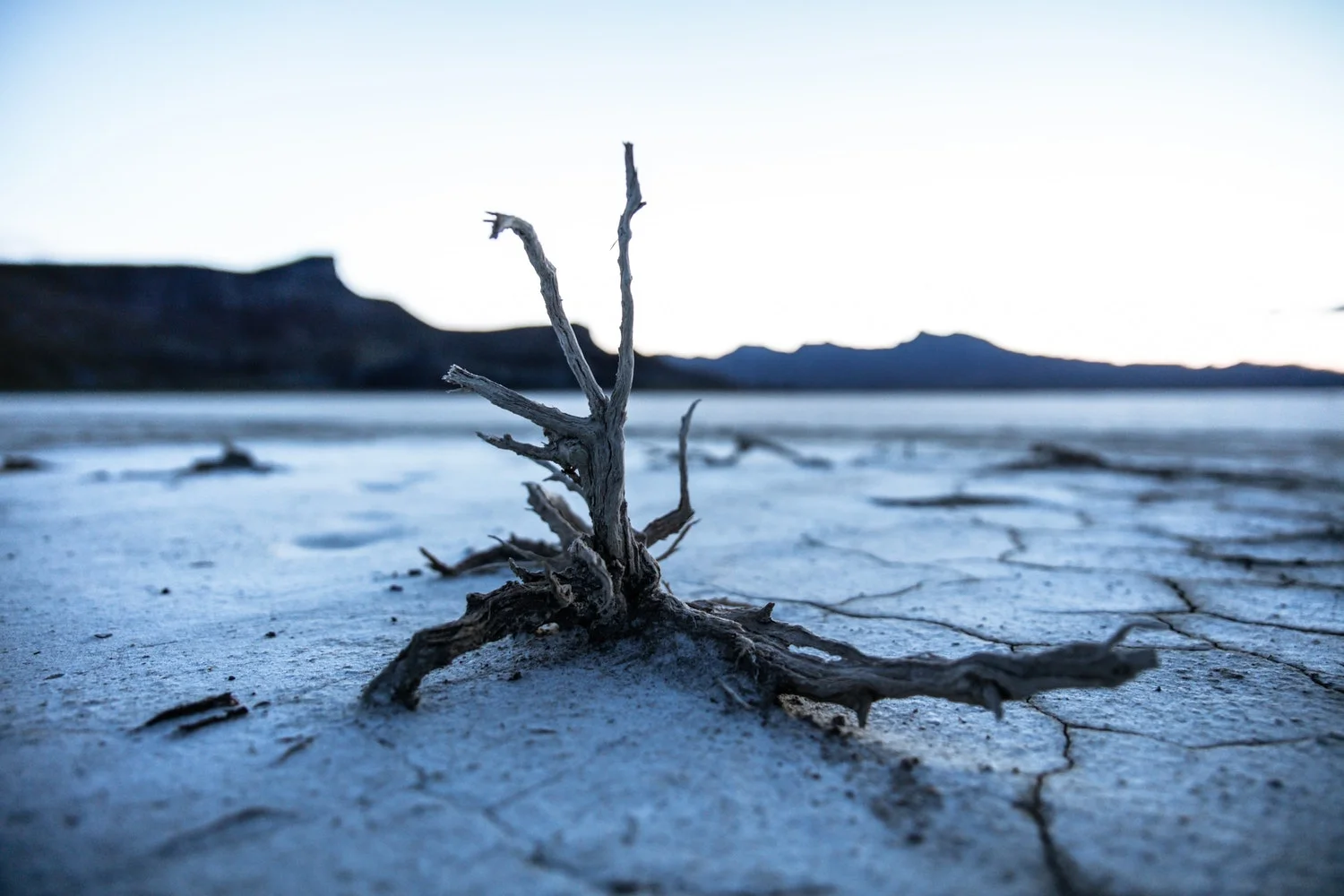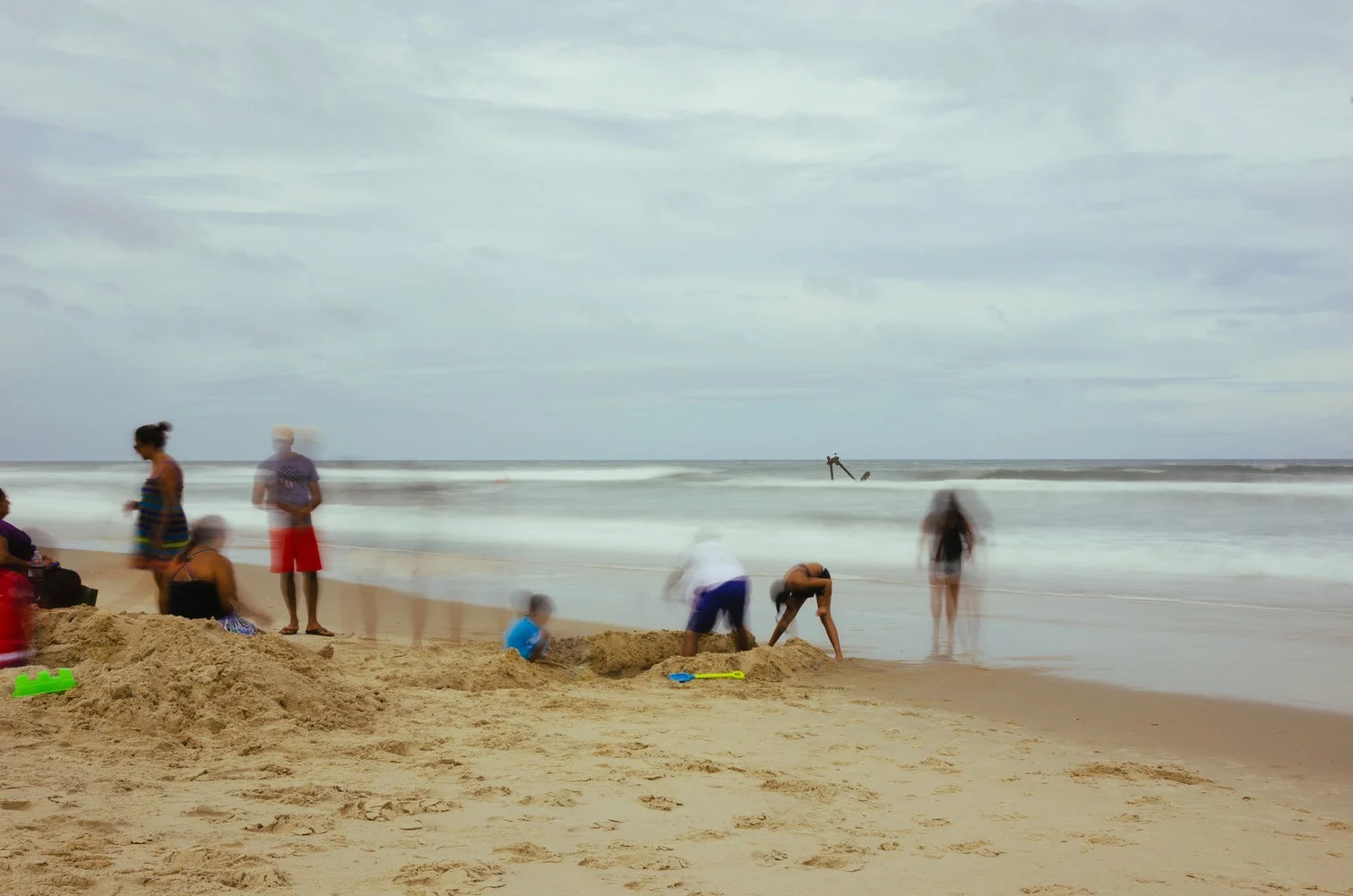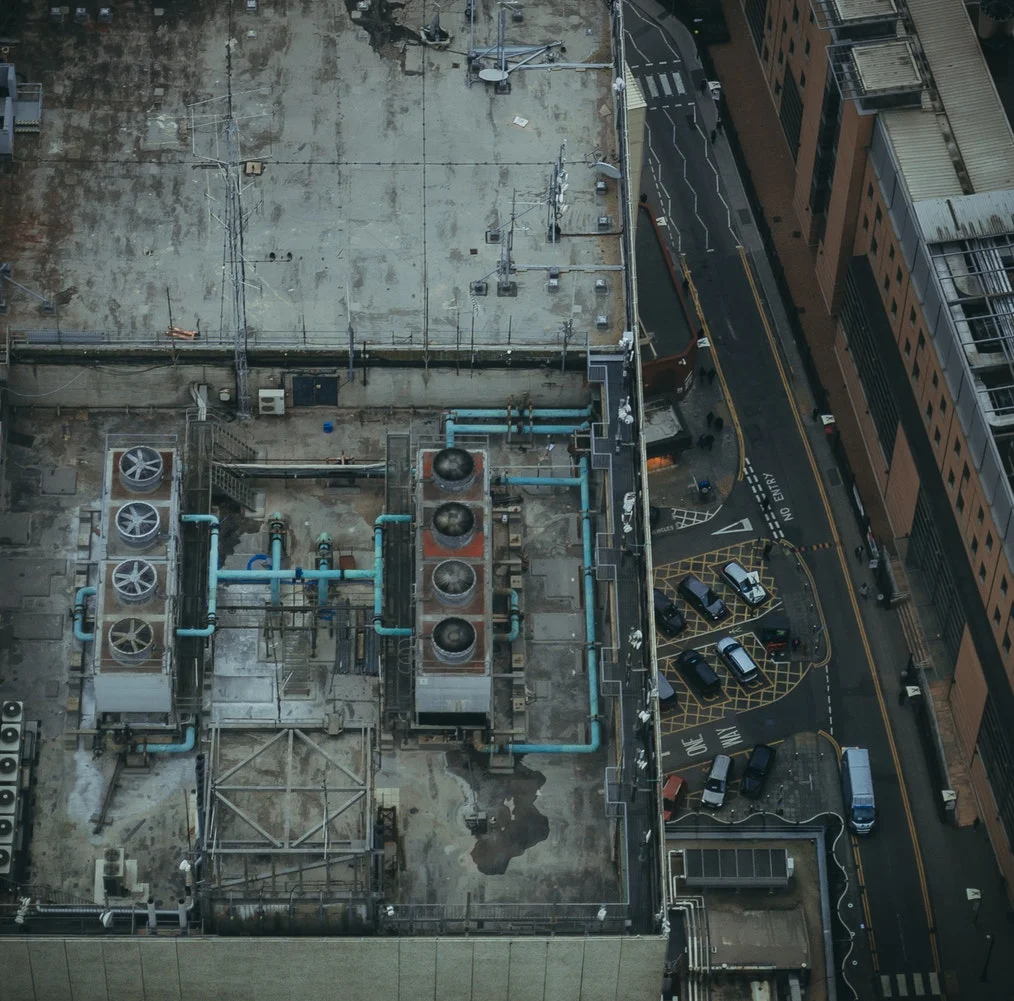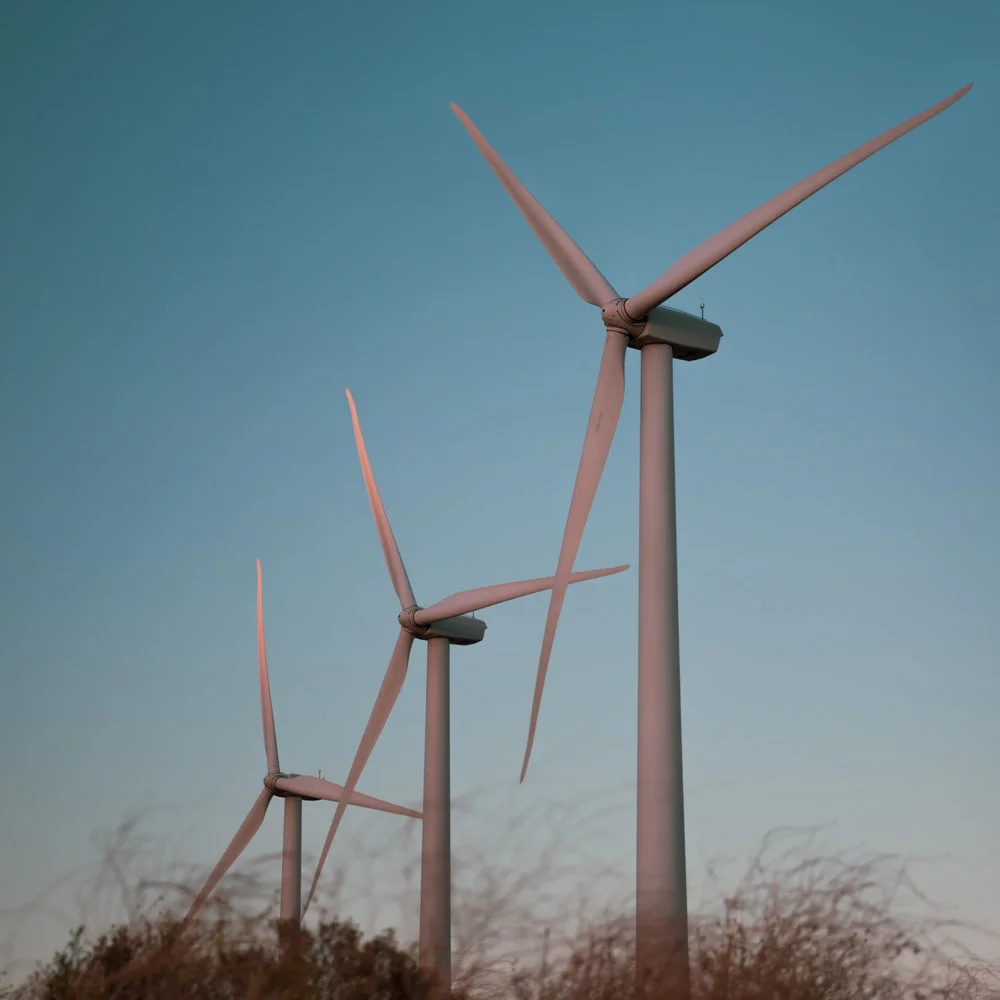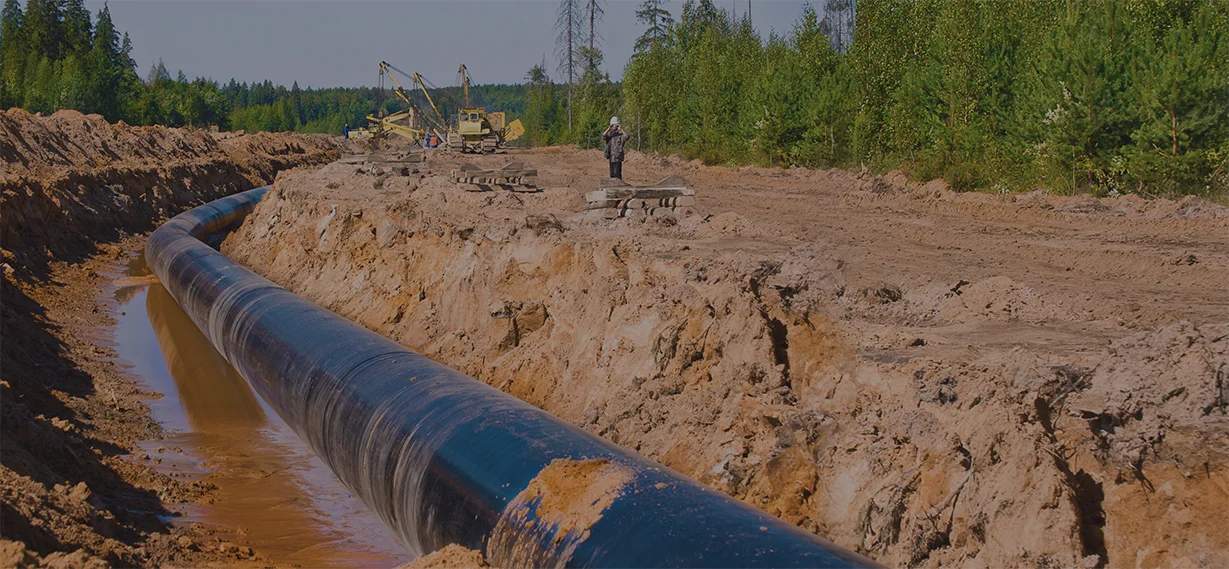stop the williams NESE pipeline 2025
The Northeast Supply Enhancement (NESE) Pipeline is a fracked gas pipeline that is proposed by Tulsa-based pipeline company Williams. If approved, it would run through Pennsylvania, New Jersey, and the waters off of Staten Island, Brooklyn, and the Rockaways.
Just when we thought we’d put it in the ground for good, the fracked gas pipeline known as the Williams Northeast Supply Enhancement Project (NESE) is back—and it's as dangerous as ever.
Originally proposed by fossil fuel giant Williams Transco in 2017, the NESE pipeline was set to snake over 35 miles from New Jersey, beneath the NY/NJ Harbor, and connect to infrastructure just off Rockaway Beach in Queens. The project would bring fracked methane gas from Pennsylvania to downstate New York, stirring up toxic sediment, polluting our air and water, and dragging us backward on climate progress.
Thanks to powerful grassroots organizing and years of frontline resistance, the project was defeated not once, but twice—in 2019 and 2020—when both New York and New Jersey denied critical water quality permits over pollution concerns. When Williams NESE’s federal permit expired in April 2024, we celebrated what we thought was a final victory.
But on May 29, 2025, Williams Transco resubmitted its application to the Federal Energy Regulatory Commission (FERC) with the exact same pipeline proposal. They’re also re-engaging with New York and New Jersey agencies to secure state permits they were previously denied.
This project is as dirty, dangerous, and unnecessary as it was the first time around. If built, it would:
Lock us into decades more fossil fuel use amid a deepening climate crisis.
Disrupt over 35 miles of sensitive seabed, releasing toxic legacy pollution into our waters.
Endanger local air quality with expanded compressor stations.
Undermine New York and New Jersey’s commitments to clean energy.
And for what? Studies and public data continue to show this pipeline is not needed to meet current or future energy demand.
The stakes couldn’t be higher. The coastal tourism and recreation economy in New York and New Jersey generates over $28 billion in GDP and supports 460,000 jobs. Our beaches, harbors, fisheries, and marine life are not sacrifice zones for fossil fuel profits.

